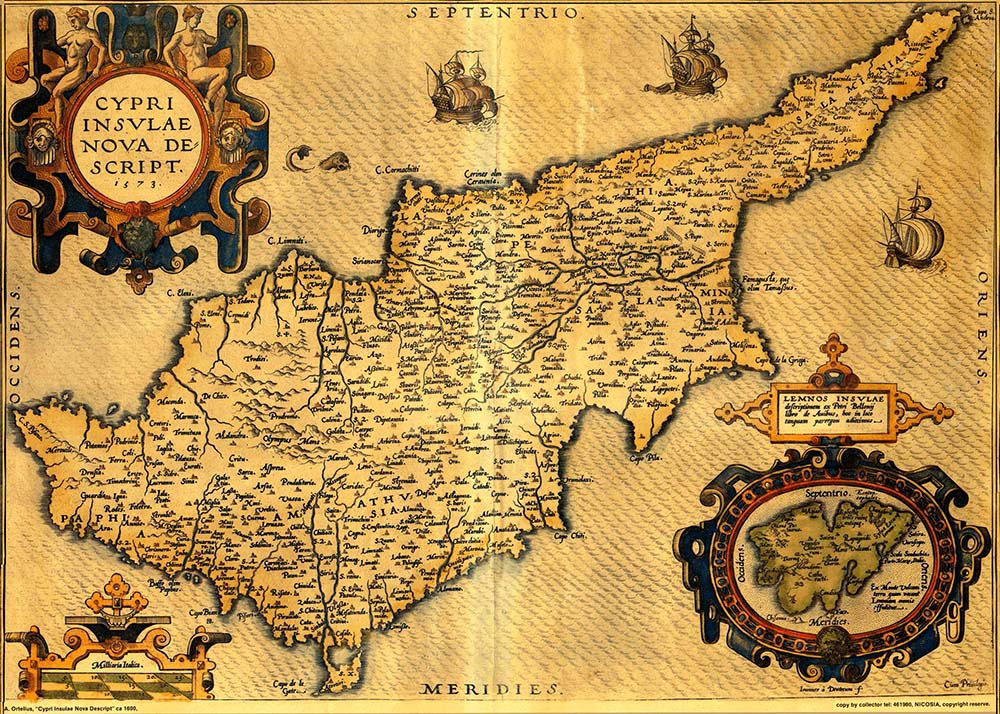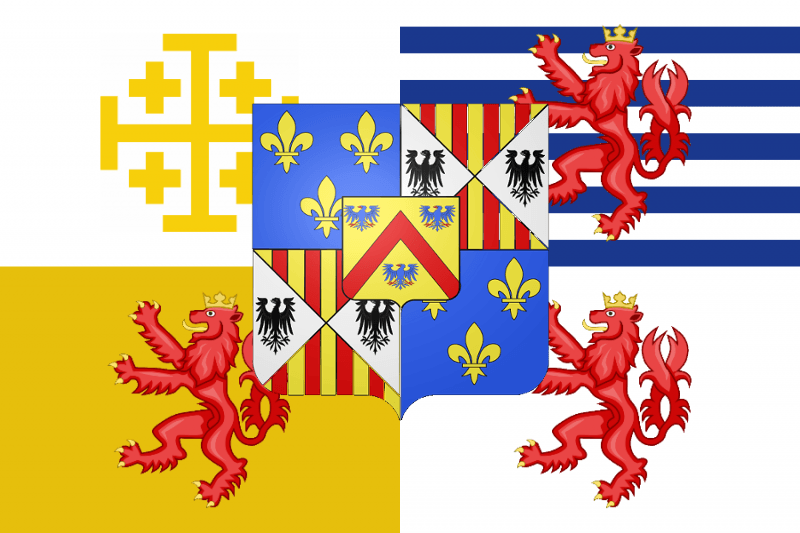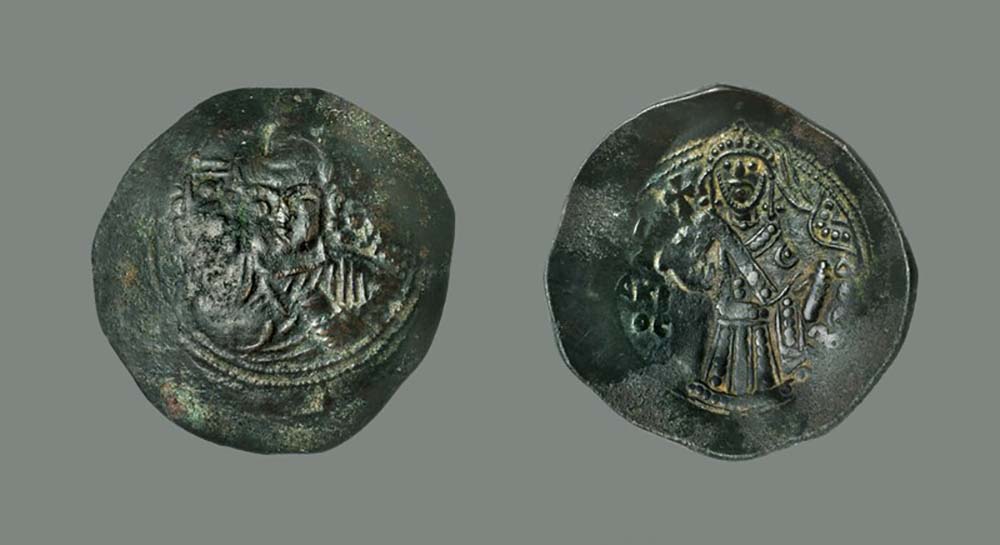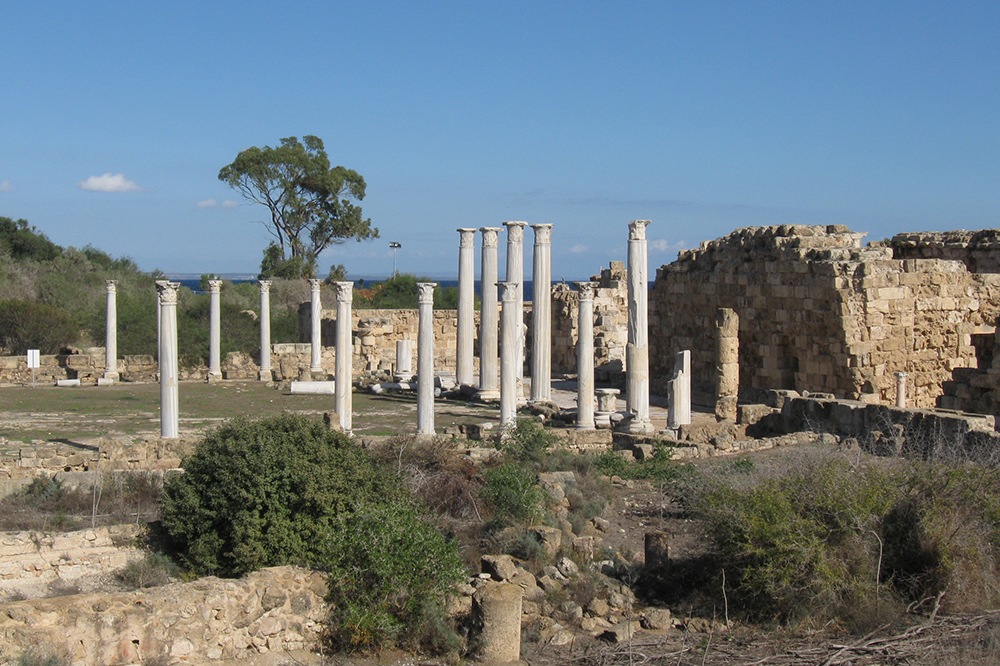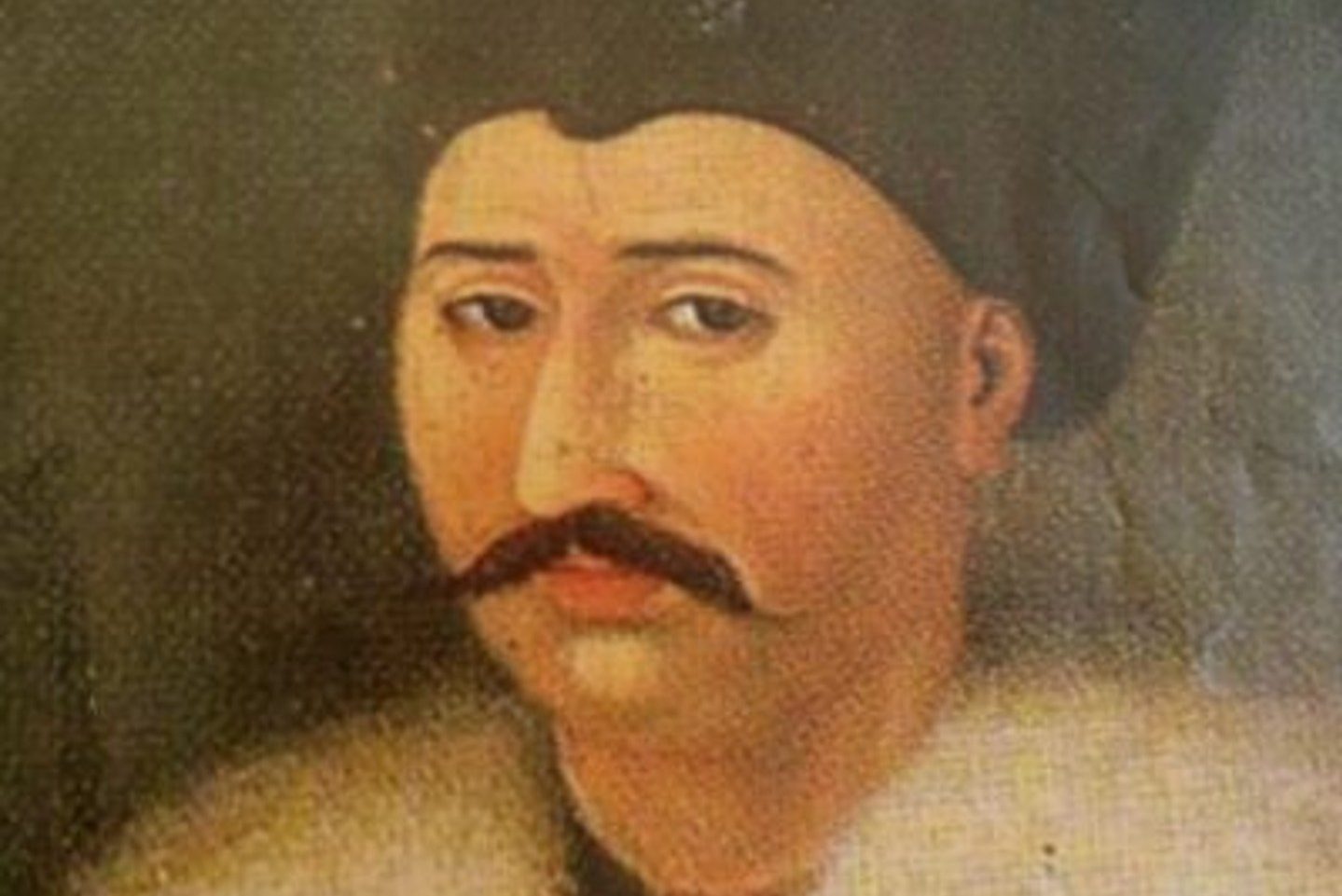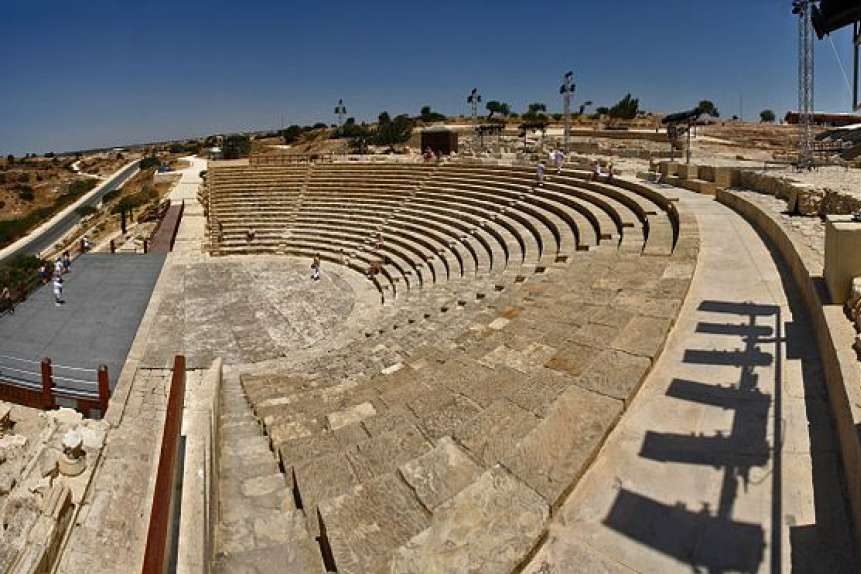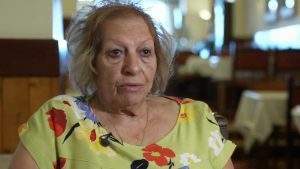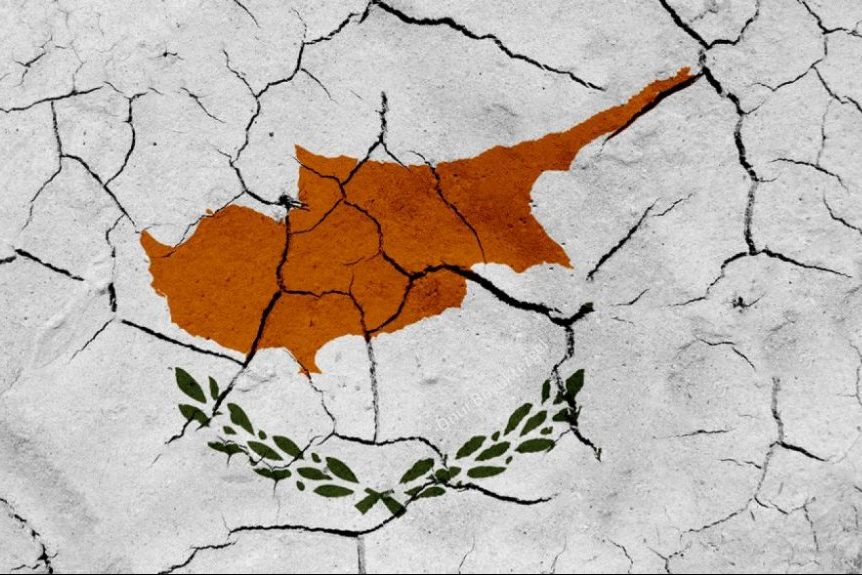
The British Period
Cypriot History
PROTECTORATE OF CYPRUS (1878−1914)
Cyprus entered the Empire under rather unusual circumstances in 1878. The Ottoman Empire had just been at war with Russia and were very much in danger of losing control of their capital Constantinople. The British intervened in the crisis on the side of the Ottoman Turks by sending a fleet to intimidate the Russians. The Ottoman Sultan was so thankful for the British intervention that he granted the control of the island of Cyprus to the British under the Cyprus Convention.
The timing was quite auspicious for the British, the Suez Canal had opened less than a decade before and so the sea-borne traffic in the Eastern Mediterranean was rising substantially. Much of this traffic was British en route to or from India. Some 4 years later, the British would use the island as a major base of operations for the invasion and occupation of Egypt. This would confirm Britain’s growing dominance of the Eastern Mediterranean and Cyprus’ role would rise commensurate with that influence.
The first Briton who was placed in charge of the administration was given the title of “High Commissioner” and was Lieutenant-General Sir Garnet Joseph Wolseley (1833–1913). The British faced a major political problem on the island. The indigenous Cypriots believed it their natural right to unite the island with Greece following the collapse of the Ottoman Empire. The British authorities carried out the first census in 1881, the total population of Cyprus was 186,173, of whom 137,631 (73.9%) were Greeks, 45,438 (24.4%) were Turks and 3,084 (1.7%) were minorities of Maronites, Latins and Armenians.[2] Bishop of Kitium Kyprianos addressed Sir Garnet Joseph Wolseley upon his arrival in Larnaca in a speech on the 22nd of July 1878 saying “We (Greeks) accept the change of the government, because we believe that Great Britain will eventually help Cyprus, just like with the Ionian islands, unite Cyprus with mother Greece”.
By 1906 the major harbour at Famagusta had been completed for this purpose. The British were supposed to be running Cyprus on behalf of the Ottomans, but this informal agreement would be boldly ended at the outbreak of World War One, when the Turks and British found themselves on opposing sides. Indeed many of the Greek Cypriots on the island, as British subjects, joined the British Army and fought against the Ottomans. The island itself was a useful base of operations against the Turks. It became a particularly useful staging area for the Dardanelles campaign.
While the Cypriots at first welcomed British rule hoping that they would gradually achieve prosperity, democracy and national liberation, they became disillusioned. The British imposed heavy taxes to cover the compensation which they were paying to the Sultan for having conceded Cyprus to them. Moreover, the people were not given the right to participate in the administration of the island, since all powers were reserved to the High Commissioner and to London.
BRITISH CYPRUS (1914–60)
House in Nicosia CBD built in British colonisation era
Cyprus was part of the British Empire from 1914 under military occupation from 1914–1925 and a Crown colony from 1925–1960. However, Cyprus’ status as a protectorate of the British Empire ended in 1914 when the Ottoman Empire declared war against the Triple Entente powers, which included Great Britain. Cyprus was then annexed by the British Empire on 5 November 1914. During the course of the First World War Britain offered to cede Cyprus to Greece if they would fulfil treaty obligations to attack Bulgaria, but Greece declined.
Britain proclaimed Cyprus the Crown colony of British Cyprus in 1925, under an undemocratic constitution. It kept the original Legislative Council that had been formulated in 1882. The Greek majority found that it could not break the constitutional deadlock as the Turkish minority would side with the British appointed representatives. Riots broke out in 1931 over the imposition of certain taxes. This would result in the death of six civilians and the burning down of the British Government house in Nicosia. The constitution would be suspended as a result and direct rule imposed.
International recognition of the new Republic of Turkey resulted from the Treaty of Lausanne in 1923 in which the new Turkish government formally recognised Britain’s sovereignty over Cyprus (article 20). The administration was reformed in the latter 1920s, and some members of the Legislative Council (established 1926) were elected by the Cypriots, but their participation was very marginal. The Legislative Council was abolished in 1931.
Greek Cypriots believed the circumstances were right to demand union of the island with Greece (enosis), as many of the Aegean and Ionian islands had done following the collapse of the Ottoman Empire. In the years that followed, Greek Cypriots’ demands for enosis (union with Greece), which the British opposed, developed rapidly during the 1930s, leading to the destruction of the Government House in Nicosia, which was burnt down in the 1931 Cyprus Revolt.
PALMEROKRATIA
The period between October 1931 and October 1940 proved to be a very difficult one for the Cypriots. The Governor at the time, Sir Richmond Palmer, took a number of suppressive measures including limitations on the administration and functioning of Greek schools, and prohibition of trade unions and associations of any kind and form. This regime became known as “Palmerokratia”, named after the Governor. Its aim was to prevent local public interest in politics. There were strong protests against the regime but the suppressive measures were not lifted until the beginning of the Second World War, during which more than thirty thousand Cypriots joined the British armed forces. In World War Two, the Greek population would rally whole heartedly behind the British – especially after the Italian invasion of mainland Greece and the subsequent arrival of German forces there. Some 30,000 islanders volunteered to fight for the British. The island itself was actually spared much of the fighting apart from air raids. It would remain in British possession and would prove an invaluable staging and refuelling post and would ensure that the Eastern end of the Mediterranean remain reasonably secure for the British.
Endeavours by the British to introduce constitutional government designed to develop some participation without leading to enosis failed, despite determined efforts to achieve some semblance of liberal and democratic government, notably by the post-war Labour government in Britain.
PROPOSED UNION WITH GREECE
In 1948, King Paul of Greece declared that Cyprus desired union with Greece. In 1950 the Orthodox Church of Cyprus presented a referendum according to which around 97% of the Greek Cypriot population wanted the union. The United Nations accepted the Greek petition and enosis became an international issue. In 1952 both Greece and Turkey became members of NATO. After the war, a delegation from Cyprus submitted a demand for enosis to London. The demand was rejected but the British proposed a more liberal constitution and a 10-year programme of social and economic development.
Led by Archbishop Makarios, the Greek Cypriot demand for enosis emerged with new force in the 1950s, when Greece began to accord it support on the international scene. This attempt to win world support alerted Turkey and alarmed the Turkish Cypriots.
The British withdrawal from Egypt led to Cyprus becoming the new location for their Middle East Headquarters.
The island took on a new strategic importance for the British after Egypt became independent in 1952. Cyprus’ strategic situation near to an increasingly volatile Middle East and not far from the Suez Canal shipping lanes. Even after the 1956 Suez debacle (much of which was coordinated from Cyprus), it still provided a useful monitoring station and also played a role in the developing Cold War and supporting NATO allies like Turkey and Greece despite their difficulties with one another. The Soviet Union’s currying of favour with various Middle Eastern regimes in the 1950s and 1960s combined with its Black Sea Fleet in the region meant that Cyprus was well placed to provide surveillance, intelligence and military responsiveness in the Eastern Mediterranean.
Rising Greek nationalism in the post war period saw political tensions rise as the Greek Cypriots on the island wanted to unite with Greece, whilst the Turkish Cypriots were equally keen to join with Turkey. Riots became increasingly violent as the British themselves resisted claims from both sides in order to keep their important military bases there and to try and keep one group being subjugated by the other. From 1955, the Greek Cypriot EOKA started a campaign of violence to speed up the process for some form of independence. The British responded in November of that year by declaring a State of Emergency.
CYPRUS EMERGENCY
When international pressure did not suffice to make Britain respond as required, violence escalated with a campaign against the colonial power organised by EOKA (Ethniki Organosis Kyprion Agoniston). Its leader, Colonel George Grivas, created and directed an effective campaign beginning in 1955. The first bombs were set off on April 1, followed by leaflets. Attacks on police stations started on June 19. The British Governor proclaimed a State of Emergency on 26 November 1955.
For the next four years EOKA attacked British or British-connected targets and those Cypriots it accused of collaboration. Archbishop Makarios and other Cypriot clergy and political leaders were forced into exile in the Seychelles. 371 British servicemen died fighting the independence movement during the Cyprus Emergency, including over 20 in the Operation Lucky Alphonse.
Much of the strategic rationale for maintaining Cyprus would disappear after the Suez Canal debacle in 1956 which saw Britain climb down from their invasion of the canal zone. In many ways this event marked the beginning of the end of the British Empire in Africa and the Middle East. Consequently nationalists on the island of Cyprus took heart and increased their demands for independence. Although the intractable demands of the two major constituencies made these negotiations particularly difficult
Easily infiltrated by Greek Cypriot sympathisers working for them in various ancillary tasks, the British security forces had to exert great efforts under Field Marshal Sir John Harding to suppress the independence movement. They were much more successful than is often recognised, though the attacks on British personnel never quite ceased. Makarios was exiled, suspected of involvement in the EOKA campaign, but was released when EOKA, exhausted but still determined to fight, agreed to cease hostilities on the Archbishop’s release and return.
From mid-1956 onwards there were constant discussions in NATO, but all efforts to create an independent Cyprus which would be a member of the Commonwealth of Nations were futile.
TURKISH CYPRIOTS
The Turkish Cypriot response to the challenges posed by the prospect of decolonization and the breakdown of the colonial order was to adopt the call for partition (taksim). Taksim became the slogan which was used by the increasingly militant Turkish Cypriots in an attempt to mirror the Greek cry of ‘enosis’. In 1957 Küçük declared during a visit to Ankara that Turkey would claim the northern half of the island.
In April 1957, in the new conditions made obvious by the Suez Crisis debacle, the British government accepted that bases on Cyprus were an acceptable alternative to Cyprus as a base. This produced a much more relaxed British attitude to the problem. It was now to be solved in conjunction with Greece and Turkey, the latter thoroughly alerted to the dangers of enosis for the Turkish Cypriot population.
Violence was renewed in Cyprus by EOKA, but it increasingly drew in the Turkish community when a new plan for unitary self-government, of British Governor Sir Hugh Foot, incited Turkish Cypriot riots and produced a hostile response from the Turkish government. Violence between the two communities developed into a new and deadly feature of the situation.
In 1957 the U.N. decided that the issue should be resolved according to its Statutory Map. The exiles returned, and both sides began a series of violent acts against each other. In the few years that existed before the Zürich and London Agreements (1959 /1960) Greece tried again to win international recognition and support for the cause of enosis at the U.N. against a background of renewed and continuing EOKA violence directed against the British. It was to no avail. Eventually Greece had to recognise that Turkey was now a vitally interested party in the dispute.
Grivas and EOKA also had to accept the changed situation. Makarios could see no way of excluding Turkey from participating in any solutions. It was widely believed by the Greek-Cypriots that Britain had promoted the Turkish-Cypriot case, thus preventing the achievement of enosis.
In 1958 the British Prime Minister Harold Macmillan prepared new proposals for Cyprus, but his plan which was a form of partition, was rejected by Archbishop Makarios. The Archbishop declared that he would only accept a proposal which guaranteed independence, excluding both Enosis and partition.
CYPRIOT CONSTITUTION
On February 19, 1959 the Zürich agreement attempted to end the conflict. Without the presence of either the Greek or the Turkish sides, the UK outlined a Cypriot constitution, which was eventually accepted by both sides. Both Greece and Turkey along with Britain were appointed as guarantors of the island’s integrity.
SOME OF THE MAJOR POINTS OF THE ZURICH AGREEMENT ARE:
- Cyprus is to become an independent state.
- Both taksim and enosis are to be prohibited.
- Greek and Turkish military forces, at a ratio of approximately 3:2, are to be present at all time in Cyprus. Both forces are to answer to all three foreign ministers: of Greece, Turkey, and Cyprus.
- The President is to be a Greek Cypriot, elected by the Greek Cypriot population, and the Vice President a Turkish Cypriot, elected by the Turkish Cypriot population.
- The Cabinet is to include seven Greek Cypriots, chosen by the President, and three Turkish Cypriots, chosen by the Vice President.
- Decisions will need an absolute majority but both the President and the Vice President have the right of veto.
- The United Kingdom is to remain a guarantor and keep both of its military bases.
INDEPENDENCE
On August 16, 1960 Cyprus gained its independence from the United Kingdom, after the long anti-British campaign by the Greek Cypriot EOKA (National Organisation of Cypriot Fighters), a guerrilla group which desired political union with Greece, or enosis. Archbishop Makarios III, a charismatic religious and political leader, was elected the first president of independent Cyprus. In 1961 it became the 99th member of the United Nations.
The Zurich agreement, however, did not succeed in establishing cooperation between the Greek and the Turkish Cypriot populations. The Greek Cypriots argued that the complex mechanisms introduced to protect Turkish Cypriot interests were obstacles to efficient government and as such developed the Akritas Plan aimed at forcing all Turkish Cypriot parliamentarians from government so as not to disrupt Greek Cypriot plans of enosis. Both sides continued the violence. Turkey threatened to intervene on the island.
SUMMARY
When the British took control of Cyprus in 1878, they had to pay the Ottomans an annual levy, for which they taxed the Cypriots excessively, causing widespread poverty and resentment. It is understandable that when a population is exploited to this degree, that they will not only be prepared to take drastic actions, (desperate people, take desperate measures) but also, that very desperation makes them vulnerable to political exploitation. In this brief historical account, we see one word appear more than any other ENOSIS!
In 1828, modern Greece’s first president Ioannis Kapodistrias called for union of Cyprus with Greece, and numerous minor uprisings took place, For the main part, this was kept under wraps until it resurfaced in 1915, when the British offered Cyprus to Greece, in return for them joining the allies in war effort, but the offer was withdrawn before Greece joined, was this the moment that Pandora’s box was opened?
One thing is for certain, the Greek Orthodox Church, which has a dream of a new Byzantine empire has always encouraged the desire for Enosis, for a Greek orthodox empire with the church at its centre. Let us not forget that the Byzantine empire eroded and almost self-destructed as a result of its own treachery. In the rare instance that you will run in to a Greek Orthodox priest who will actually admit the reality, they will confirm this. However, before we condemn the Cypriot public for their blind faith in the church and enosis, we must take in to account the literacy rates at the end of the 19th century and the early 20th century, which were around 30%. A situation that was exploited not only by the British, but also by the church, which had encouraged Cypriots to out thousands of acres of land in the name of the church, to avoid taxation by the Ottomans, but then the church actually kept it and to this day, they are profiting from it with the development of exclusive golf resorts.
This was a period when Cypriots were raised with one mindset, union with Greece. following the October riots of 1931, the desire to rid Cyprus of the British and pursue union with Greece began to increase rapidly, until the formation of EOKA when the struggle for independence began.
The words “struggle for independence” seem so ironic as for many, it was not a struggle for independence, it was a struggle to take sovereignty away from the British and hand it to Greece. This campaign for freedom was one of the first time in history that the Cypriot people took on a military giant and forced them to desperately seek a manner in which to concede without losing face. Sadly the British were not going to take this lightly.
When filed Marshal Harding arrived in October 1955, the situation in Cyprus was about to take a sinister turn. He not only set about enforcing draconian measures, he also set about implementing a policy of divide and conquer. He instigated a division between the communities that remains to this day. He instigated the assassination of innocent people on each side, then blaming the other, to cause social unrest to break the people.
At the same time, Girogios Grivas began to diver the campaign against Turkish Cypriots, playing right in to the hands of the British, who were happy to fan the flames. One famous EOKA fighter was Grigoris Afksentiou, who fought many brave battles, but eventually went in to hiding in the mountains near Machairas Monastery. On the 3rd March 1955, Field Marshal Harding discovered his whereabouts thanks to an informer and the area was surrounded. Grigoris Afksentiou refused to surrender, so Harding ordered the entire valley be set alight, burning Grigoris Afksentiou alive.
This was not warfare, this was a vendetta, conducted by Harding and it was murder!
Whilst Grigoris Afksentiou was also a faithful supporter of enosis, which I agree with, I do take the cultural in-doctrine of the era in to account, but that aside, one thing is for certain, the actions of Field Marshall Harding on that day were not those of a military man, this was the highest ranking officer in the British army, the army of an empire, suppressing ordinary people, fighting for their liberty, albeit that it was hijacked by enosis and for him to have ordered a man to be burned alive leaves him, his family and the British with a legacy of SHAME!
Enosis has and still is the nemesis of Cyprus, it is sadly ironic that this beautiful island has been torn apart and divided by a word that means ‘unity’
It is with this in mind that the need, indeed the obligation to cast off the demons of the past and save our island from continuing to be exploited by division, because whatever these people who gave their lives may have believed, they sacrificed their lives for Cyprus, right, wrong, misguided or even reckless, we are obliged to them and if we are complacent and allow Cyprus to disintegrate, that would be the greatest mark of disrespect not only for our island, but also to the many who have given their lives, decade after decade, century upon century, since time began.
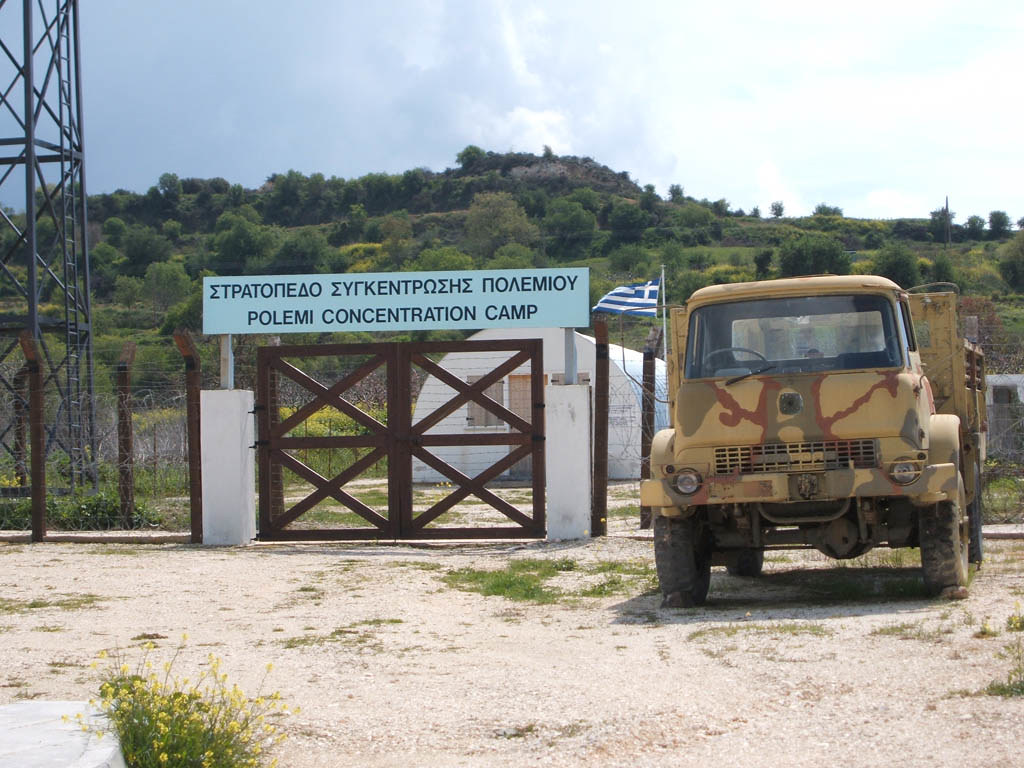
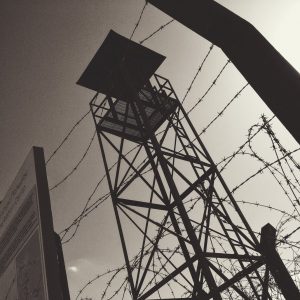 Today, little remains of the original camp, apart from the imposing guard tower, two old army vehicles, and a small tin Nissen hut housing important artefacts, including a miniature model of the camp in its original state.
Today, little remains of the original camp, apart from the imposing guard tower, two old army vehicles, and a small tin Nissen hut housing important artefacts, including a miniature model of the camp in its original state.

